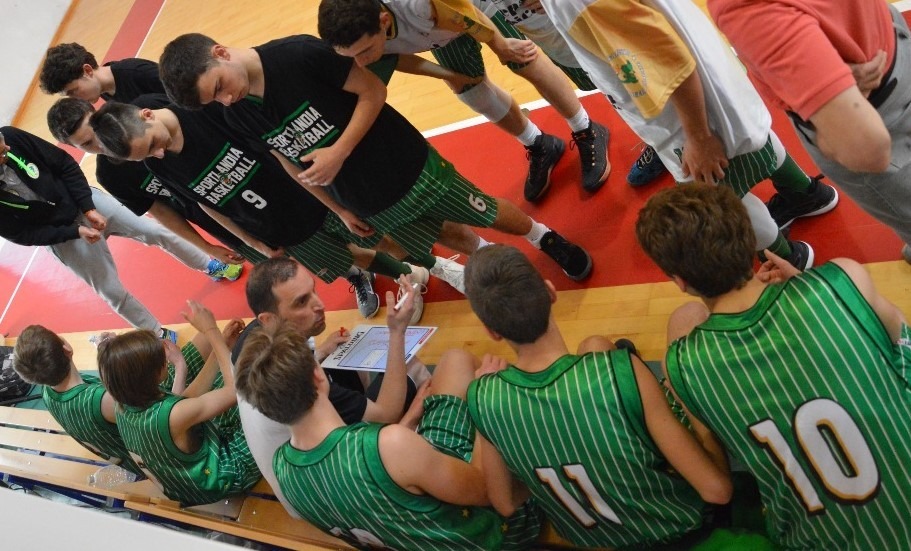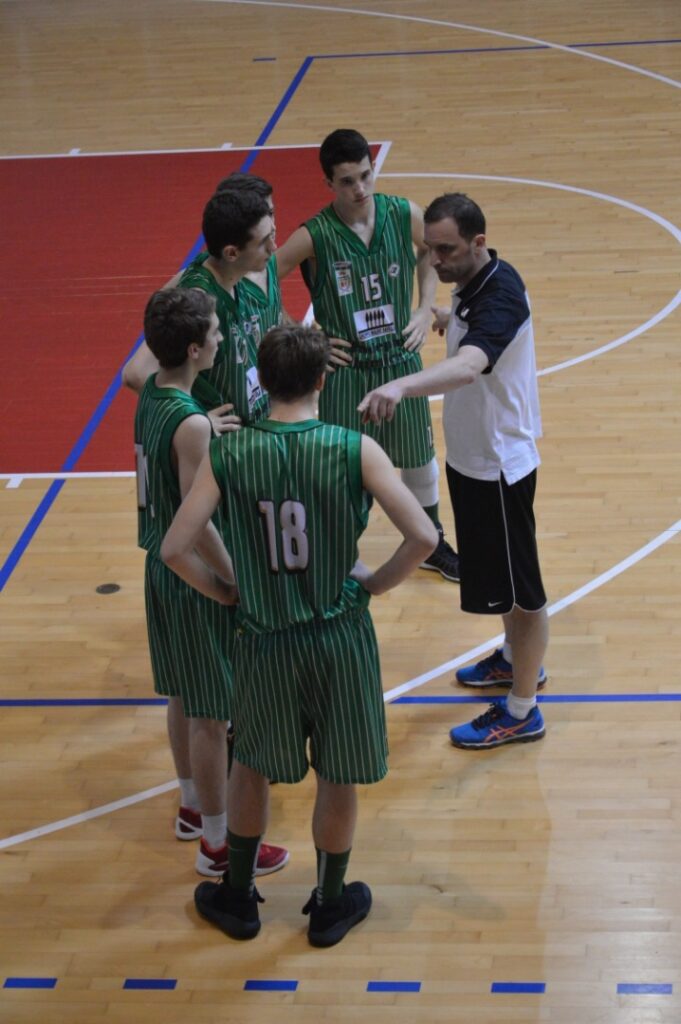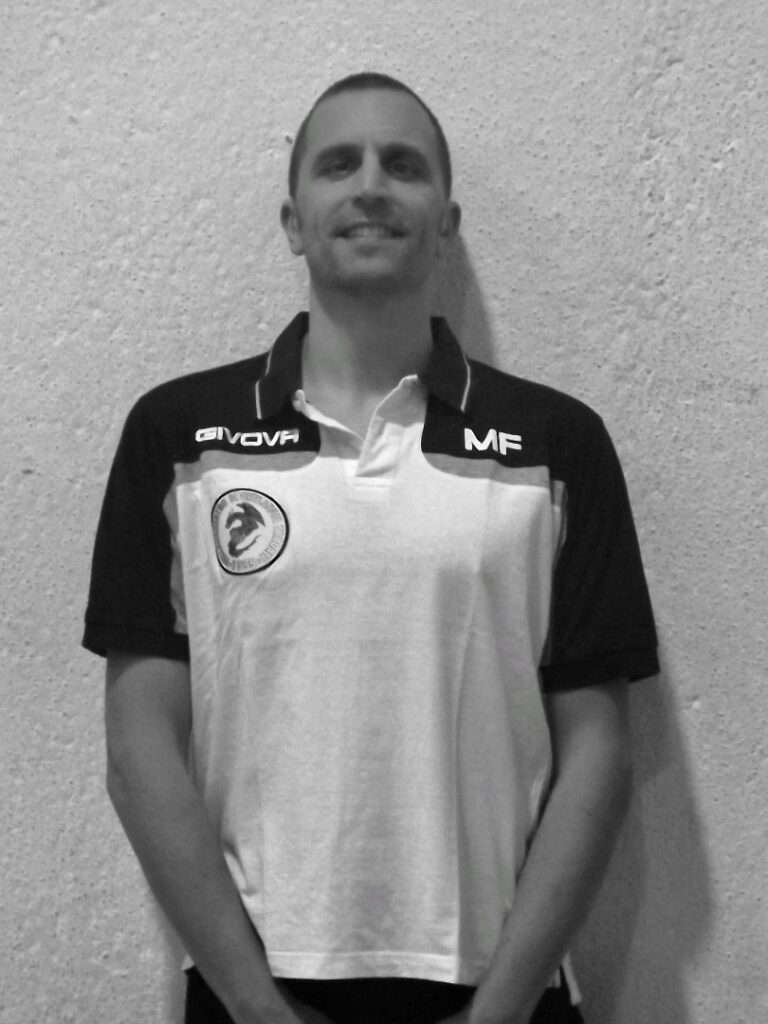

There is much more than X’s and O’s. I am watching a game, trying to steal the latest and greatest set play from the likes of Kokoskov, Messina, Schiller when I catch myself marveling at a one-handed pass, a behind-the-back dribble followed by a “hesi” move.
That’s the essence of basketball, a decision taken by a player. I forget the set play, I draw the move on a piece of paper, it’s a drill for the next U16 practice.
Using the words of a friend and great basketball mind, Roberto Fois: “Most importantly the long-term goal of scouting is understanding what I can use to make my pocket (of knowledge) bigger and help improve my players”
Mike De Kraker pointed out in a recent article that “as coaches, we keep expanding our knowledge, we want to improve every day”.
In my personal view scouting is not only related to the next opponents. During the season and the off-season, I tend to watch hundreds of games. I watch games for pace, I cut clips, I watch the clips for possessions or concepts. Then I watch the same clips to analyze the defense. Did they switch? Did they hard-hedge? Did they drop? Was it just a defensive mistake? I want to build my knowledge.
And let’s admit it: I watch games because I am a basketball junkie
This selfishness I have, this need to improve is for the players’ benefit, our guys. Keeping an eye on our team while watching the clips. What can we learn? What can we apply? What can we absorb? Do we have physical skills?
Do we have the necessary technical skills?
Watch the clip again, forget the X’s and O’s, focus on the details of the player. How did they dribble, what was the screening angle, what type of pass, what hand?
When it comes to scouting your opponents, I go through the traditional process of gathering info. Typically, offense comes first: sets, transition, zone offense ATO’s, SLOB’s, BLOB’s.
Who is their greatest scoring threat?
Who is the best screener?
Who is the actual leader?
Who is the actual playmaker?
Defense next: man to man, zone defense, press, pick and roll coverage.
A specific area of interest is how teams handle the advantage created:
Do they use cuts with the ball in the low post?
Do they kick and drive to find the extra pass?
Do they use flare screens?
Can they score on broken plays? How do they reorganize on broken plays?
What do they do in the last 10 seconds of a quarter?
Anything helps out.

With the side-effect that I am creating a database of players I’d like to steal for the next season, honestly speaking.
My U16 team has never seen an opponent’s tape and rarely do I at youth level. I might provide raw info based on the previous season games and my knowledge of the opponent’s coach. Discover, react, learn, think, this is much more important than age.
The “senior” team is a whole different story. Same old stuff: play against the other team’s sets, share clips with the players, define a strategy.
Anyway, I don’t like to focus too much on the “enemy” in practice. I sometimes perceive a lack of confidence from my players when I emphasize the good (and the bad) of the opponent. Does it depend on the level you are coaching at? The higher the level, the more they will absorb?
What I do love is the added value provided by this process.
Have I filled my players’ pockets?
Have I filled my pocket?
Are we in a better position now as a team?
Are we better than last week?
Are we better than yesterday?
Have we created a bond with the players, that feeling of mutual respect that comes from the quest for improvement?
I can’t help but think about the title of this De La Soul’s song: in a discussion with a group of (great) coaches I am honored to be part of, not considering myself as good as they are, my Irish counterpart Paul Kelleher came up with “what about scouting yourself?”
I am under the impression that too many times scouting is a versus-the-opposition concept unless you are lucky enough to work with a big organization. How many times do we ask ourselves: Who are we?

There are hundreds of stats that we can investigate to numerically understand how our offense and defense are doing.
Team stats
Point Per Possession
Opponents’ PPP
What lineup combination had the best PPP? The worst?
What players had the best PPP? The worst?
Shot chart
Etc etc
Individual Stats
Player’s PPP
Player Efficiency Rating
TO’s
Steals
Rebounds
Etc etc
And stats generate more questions (from the article “Self Scout – Asking Tough Questions” by Randy Sherman):
● Are we willing to let numbers influence playing time decisions?
● Are biases influencing our decisions?
● How do we use stats to help better inform and teach our players skills, systems, and tactics?
Lastly, when scouting yourself, are you living in a comfort zone?
How long have you been utilizing the same sets?
What about that press defense you have been riding over the last 5 years?
How easy has it become to scout your team over the last couple of years?
Writing this blog was introspective. I ended up posing questions, many questions.
My thoughts were put into a blender. And that is perfectly ok. What is a basketball game?
A powerful mix of emotions, rationality, and irrationality. That’s the beauty of it.
I would like to thank SportCoach for this opportunity. I would like to thank all the great basketball minds who have been sharing their knowledge over this difficult time.
Twitter: @MaxFrontini
Thank you Max Frontini, and we hope to see you soon!
Related Posts
By Brianna Finch, Assistant Women’s Basketball Coach Boston University. She shares her approach to Practice Design and Planning through her
Jenaro Díaz breaks down in detail, in a series of chapters, all the aspects of Australia’s game that have made
